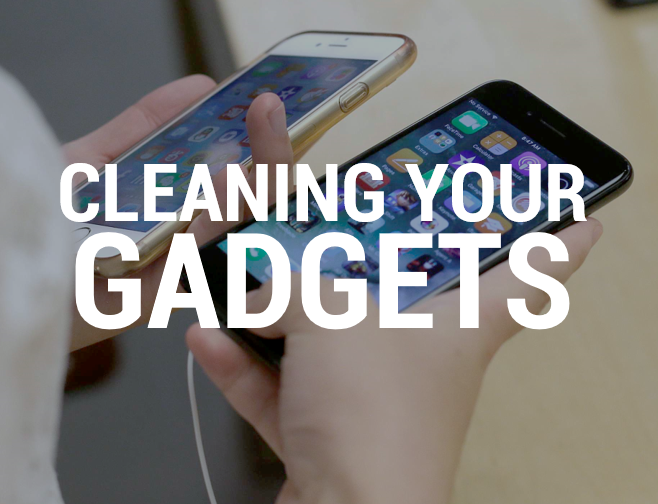Touchscreens are great.
They’re also disease vectors.
From self-check-in at airports to self-checkout at grocery stores, touchscreen technology is increasingly becoming an integral part of our daily lives. Sure, they save time and make using facilities easier for visitors and workers, the downside is that they are also a source of bacteria and germ transmission. Much of the bacteria found on surfaces in public areas originates from people’s intestines, gut, nose, mouth, throat, and feces and is a result of poor hand hygiene.
To better accommodate increasing numbers of travelers, self-check-in kiosks at airports have become the quick stop for many flyers. Kiosks may offer more convenience, but at what cost? According to research done by Insurance Quotes, for example, the average self-check-in screen at airports contained 253,857 colony-forming units (CFUs). One check-in screen recorded over 1 million CFU. In comparison, on average only 172 CFU are found on toilet seats.
Touchscreens in office buildings and residential complexes see fewer individual users than airports each day – but they’re also disinfected less often, meaning that germs and bacteria can build up over a longer period of time.
Now that people are returning to their usual activities – going to the office, riding public transportation, spending time at shopping centers, and doing more social activities with friends and family – touchscreens are being touched by more people, more often.
What kind of bacteria is on touchscreens?
Enterococcus faecalis (E. faecalis) naturally occurs in the stomach and intestines of healthy humans and other mammals. Commonly found on screens and in hospitals, E. faecalis is notorious for causing hospital-acquired infections (HAIs). Its presence on a touch screen is likely due to people not washing their hands after going to the bathroom.
Another bacterium frequently found on public touch screens is staphylococcus (staph). Staph infections are caused by staphylococcus bacteria commonly found on the skin or in the nose of even healthy individuals. Most of the time, these bacteria cause no problems or result in relatively minor skin infections. Treatment usually involves antibiotics; however; some strains of staph infections have become resistant to common antibiotics. As a result, these infections have become increasingly difficult to treat. Additionally, staph bacteria are one of the most common causes of food poisoning. Symptoms come on quickly, often within hours of eating contaminated food and disappear just as quickly, usually lasting just half a day.
In addition to infection-causing bacteria viruses that cause colds and flu can spread from infected people to others not only through the air and close personal contact but through contact with a surface, like a touchscreen, that has respiratory viruses on it, then touching your eyes, mouth, or nose.
Bottom line: The bacteria found on public touch screens can be very contagious. And while anyone can develop an infection, those with weakened immune systems are most at risk. Encountering bacteria on objects touched by other people is inevitable. Fortunately, the solution is straightforward. Always wash your hands with soap or sanitize your hands after using a touchscreen, especially if you’re about to eat. And if you’re a facilities manager, ensure that your cleaning services provider and cleaning products supplier are including touchscreen cleaning as part of their regular routine.





